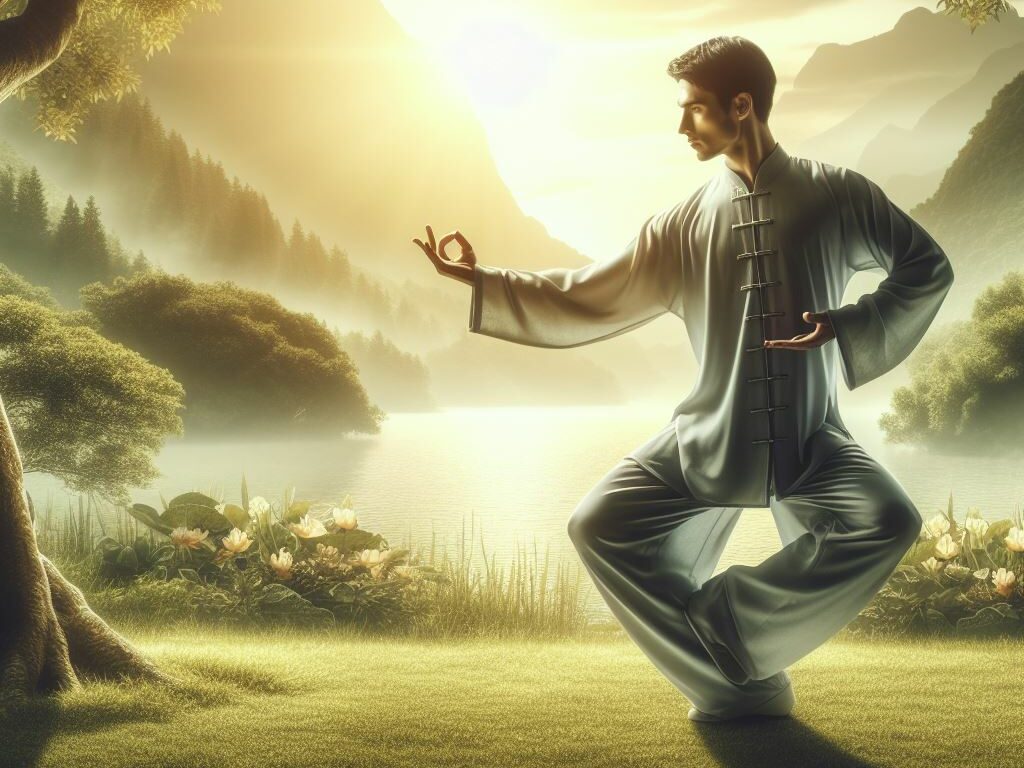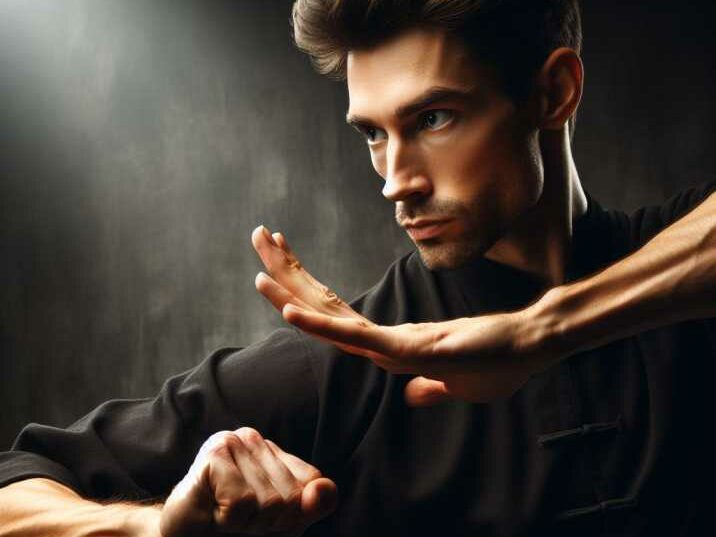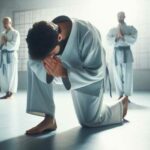Introduction:
Table of Contents
In a world where conflicts can arise unexpectedly, mastering the art of diffusing tense situations is invaluable. Kung Fu, an ancient Chinese martial art form, offers a wealth of techniques that go beyond physical combat. These techniques encompass principles of mindfulness, control, and diplomacy, making them indispensable for navigating challenging interactions. Let’s delve into some of the famous Kung Fu techniques for diffusing tense situations that have stood the test of time in promoting peace and harmony.
Famous Kung Fu Techniques for Diffusing Tense Situations:
Tai Chi: The Dance of Harmony
Tai Chi, often referred to as “meditation in motion,” is renowned for its ability to promote relaxation and inner peace. This gentle martial art involves slow, flowing movements that cultivate mindfulness and body awareness. By practicing Tai Chi, individuals learn to regulate their breathing and calm their minds, essential skills for diffusing tense situations. Moreover, Tai Chi instills a sense of balance and harmony, allowing practitioners to respond to conflicts with clarity and composure. Tai Chi serves as a powerful tool for fostering peace both internally and externally.

Wing Chun: The Art of Simplicity
Wing Chun, a style of Kung Fu known for its practicality and efficiency, offers valuable techniques for diffusing tense situations. Characterized by its close-range combat methods and rapid strikes, Wing Chun enables practitioners to neutralize threats swiftly and decisively. Through training in Wing Chun, individuals develop heightened situational awareness and learn to anticipate and defuse potential conflicts before they escalate. The philosophy of Wing Chun emphasizes simplicity and directness, making it ideal for resolving confrontations with minimal force.

Shaolin Kung Fu: Cultivating Strength and Compassion
Originating from the legendary Shaolin Temple, Shaolin Kung Fu embodies the synthesis of physical prowess and spiritual discipline. This dynamic martial art emphasizes strength, agility, and endurance, instilling practitioners with confidence and resilience. Beyond its formidable combat techniques, Shaolin Kung Fu places great emphasis on compassion and empathy, teaching individuals to approach conflicts with understanding and goodwill. By harnessing the principles of Shaolin Kung Fu, individuals can transform tense situations into opportunities for growth and reconciliation.
Jeet Kune Do: The Way of Interception
Jeet Kune Do, the brainchild of martial arts icon Bruce Lee, revolutionized the world of combat with its innovative approach to self-expression and adaptability. Rooted in the philosophy of intercepting the opponent’s attacks and flowing with the rhythm of combat, Jeet Kune Do empowers individuals to respond spontaneously and effectively to any situation. By cultivating fluidity of movement and mental agility, practitioners of Jeet Kune Do excel in diffusing tense situations through non-confrontational means, de-escalating conflicts with grace and finesse.
Table of Information Kung Fu Techniques for Diffusing Tense Situations:
| Technique | Description |
|---|---|
| Tai Chi | A slow and graceful form of martial arts that emphasizes relaxation, balance, and inner peace. |
| Wing Chun | Known for its close-range combat techniques and swift, efficient movements for self-defense. |
| Shaolin Kung Fu | Originating from the Shaolin Temple, this style focuses on strength, agility, and spiritual growth. |
| Jeet Kune Do | Founded by Bruce Lee, this martial art emphasizes adaptability and simplicity in combat situations. |
Conclusion:
In the journey of life, conflicts are inevitable, but how we respond to them defines our character. By embracing the timeless wisdom of Kung Fu techniques for diffusing tense situations, we equip ourselves with the tools to navigate tense situations with poise and integrity. Whether through the flowing movements of Tai Chi, the efficiency of Wing Chun, the strength of Shaolin Kung Fu, or the adaptability of Jeet Kune Do, we discover pathways to harmony and mutual understanding. Let us draw inspiration from these famous Kung Fu techniques as we strive to cultivate peace within ourselves and our communities.
FAQs (Frequently Asked Questions):
1. What is the origin of Kung Fu?
- Kung Fu originated in China over a thousand years ago, evolving from ancient forms of martial arts practiced by Buddhist monks and warriors.
2. Can anyone learn Kung Fu?
- Yes, Kung Fu is accessible to people of all ages and fitness levels. With dedication and practice, anyone can learn and benefit from its principles.
3. How long does it take to master Kung Fu?
- Mastery of Kung Fu is a lifelong journey, but significant progress can be achieved through consistent practice over several years.
4. Are Kung Fu techniques effective for self-defense?
- Yes, many Kung Fu techniques are highly effective for self-defense, providing individuals with the skills to protect themselves and others if needed.
5. Is Kung Fu only about physical combat?
- No, Kung Fu encompasses physical, mental, and spiritual aspects, promoting holistic development and well-being beyond combat proficiency.


